

- RFQ
- BOM
-
Contact Us
Tel: +86-0755-83501315
Email: sales@sic-components.com
- Chinese
- English
- French
- German
- Portuguese
- Spanish
- Russian
- Japanese
- Korean
- Arabic
- Irish
- Greek
- Turkish
- Italian
- Danish
- Romanian
- Indonesian
- Czech
- Afrikaans
- Swedish
- Polish
- Basque
- Catalan
- Esperanto
- Hindi
- Lao
- Albanian
- Amharic
- Armenian
- Azerbaijani
- Belarusian
- Bengali
- Bosnian
- Bulgarian
- Cebuano
- Chichewa
- Corsican
- Croatian
- Dutch
- Estonian
- Filipino
- Finnish
- Frisian
- Galician
- Georgian
- Gujarati
- Haitian
- Hausa
- Hawaiian
- Hebrew
- Hmong
- Hungarian
- Icelandic
- Igbo
- Javanese
- Kannada
- Kazakh
- Khmer
- Kurdish
- Kyrgyz
- Latin
- Latvian
- Lithuanian
- Luxembou..
- Macedonian
- Malagasy
- Malay
- Malayalam
- Maltese
- Maori
- Marathi
- Mongolian
- Burmese
- Nepali
- Norwegian
- Pashto
- Persian
- Punjabi
- Serbian
- Sesotho
- Sinhala
- Slovak
- Slovenian
- Somali
- Samoan
- Scots Gaelic
- Shona
- Sindhi
- Sundanese
- Swahili
- Tajik
- Tamil
- Telugu
- Thai
- Ukrainian
- Urdu
- Uzbek
- Vietnamese
- Welsh
- Xhosa
- Yiddish
- Yoruba
- Zulu
- Kinyarwanda
- Tatar
- Oriya
- Turkmen
- Uyghur
Automotive audio power amplifier ICs
In an era where smart cockpits have become the core of automotive differentiation, audio systems have evolved from "dispensable configurations" to "key carriers of user experience." As the core component connecting audio sources and speakers, automotive audio power amplifier ICs (referred to as "automotive power amp ICs") must deliver high-fidelity sound, low-power operation, and long-term reliable performance within a wide temperature range of -40℃ to 125℃ and voltage fluctuations of 12V to 48V. They also need to meet stringent automotive standards for electromagnetic compatibility (EMC) and functional safety. The global market size of automotive power amplifier ICs is expected to reach $3.2 billion by 2025, with a compound annual growth rate of 9.2%. This growth is driven by upgraded acoustic demands from the improved quietness of electric vehicles, the popularity of multi-channel immersive audio, and new requirements for audio interaction in intelligent cockpits.
I. Core Technical Characteristics of Automotive Power Amp ICs
The unique automotive environment (vibration, electromagnetic interference, unstable power supply) distinguishes automotive power amp ICs from consumer-grade products. Their core technical indicators focus on three dimensions:
1. Adaptability to Extreme Environments
Wide temperature and voltage tolerance: Must operate stably from -40℃ (frigid regions) to 125℃ (near engine compartments) and support 6V to 50V input voltages (to handle battery voltage dips and transient spikes from start-stop systems). For example, NXP TDF8546 uses SOI technology to withstand 100V transient overvoltage and maintains stable output even with ±30% voltage fluctuations.
Electromagnetic compatibility (EMC): Must pass CISPR 25 Class 5 certification (radiation limit ≤30dBμV/m) to avoid interfering with on-board CAN/LIN buses. Infineon MA12070’s multi-level switching modulation technology reduces EMI radiation by 40%, meeting luxury vehicle EMC standards without additional filters.
Mechanical and lifespan reliability: Complies with AEC-Q100 Grade 1 (1,000 temperature cycles without failure) and withstands 20g vibration (10~2000Hz), ensuring a 20-year/200,000km service life. Toshiba TCB001HQ uses flip-chip packaging to triple solder joint fatigue life, adapting to the vibration environment of new energy vehicle chassis.
2. Balancing Sound Quality and Energy Efficiency
Distortion control: Total Harmonic Distortion (THD) must be <0.01% (at 1kHz) to ensure clear treble and noise-free bass. ST TDA7850, using a Class AB architecture, achieves a THD of only 0.005% at 4×41W output, making it a staple in economy vehicles. Infineon’s MERUS™ series, with a Class D architecture, reduces PWM switching noise to -100dB via asynchronous modulation, approaching Class AB sound quality.
Energy efficiency optimization: Traditional Class AB amplifiers have only 50% efficiency, causing heavy heat dissipation; Class D amplifiers achieve over 90% efficiency, suitable for range-sensitive electric vehicles. Toshiba’s TB hybrid architecture (combining linear and switching technologies) balances sound quality and energy consumption, maintaining Class AB sound quality while improving efficiency to 85%.
Load adaptability: Supports 2Ω~8Ω speaker impedances (subwoofers are typically 2Ω) with output power ranging from 15W to 100W per channel. TI TAS5825M can drive 2Ω loads, delivering 50W per channel, suitable for large-size subwoofers in SUVs.
3. Integration of Smart Cockpit Functions
Multi-channel and sound field control: Supports 5.1/7.1 channels and integrates digital sound processing (EQ, delay, sound field positioning) to create a "sweet spot" audio experience. ADI ADAU1467, working with power amp ICs, adjusts channel gains via I²C, enabling "directional navigation audio output" in new energy vehicles (enhancing only the driver-side speaker).
Scenario-based interaction: Integrates an Acoustic Vehicle Alerting System (AVAS) signal processing module for seamless switching between music and warning sounds. ST FDA801 uses hardware priority control to ensure ADAS alerts (e.g., collision warnings) override music with a response delay <5ms.
Diagnostics and protection: Built-in short-circuit, over-temperature, and over-voltage protection, with status feedback to the cockpit ECU via SPI/I²C. NXP TDF8599’s real-time load monitoring detects speaker disconnections and triggers alarms, preventing damage from no-load operation.
II. Main Product Types and Application Scenarios
Automotive power amp ICs are categorized into three levels based on power and functionality, adapting to different vehicle segments:
Product Level Typical Specs (Channels × Power) Core Technical Features Adapted Vehicles & Scenarios Representative Models
Entry-level 4×15W~4×30W Class AB architecture, basic protection Vehicles under $15,000, standard 4-speaker systems ST TDA7388, Nengxin AXPA1738
Mid-range 4×40W~6×50W Class D efficiency, multi-channel support $20,000~$40,000 vehicles, 6~8-speaker surround systems NXP TDF8546, Toshiba TCB702
Flagship 8×60W~12×100W Integrated DSP, active noise cancellation Vehicles over $40,000, 12+ speaker premium systems Infineon MA12070, ADI ADAU1761
III. System Solutions and Technological Trends
1. Scenario-specific Solutions
Economy vehicles: Adopt a "single-chip + external passive components" solution, such as ST TDA7850 (4×41W) with RC filters, costing under $8. It meets basic needs for radio and Bluetooth music, suitable for entry-level models from brands like Wuling and Changan.
Smart electric vehicles: Use a "power amp IC + audio processor" collaborative solution. For example, XPeng G6 employs TI TAS5828M (6×50W Class D) + self-developed DSP to 实现 automatic navigation volume reduction and synchronized seat vibration with bass (4D sound), controlling delay within 10ms.
Luxury car customized solutions: BMW i7’s B&W audio system uses Infineon MA12070 (16 channels) with fiber-optic digital signal transmission and laser-etched speakers, achieving ultra-low distortion of 0.001% to create a "mobile concert hall" experience.
2. Technological Development Trends
High efficiency: Class D penetration will rise from 65% in 2023 to 85% in 2028. Wide-bandgap semiconductors (SiC/GaN) will push efficiency beyond 95%, reducing power consumption in electric vehicles.
Integration: Single chips will integrate 12+ channels, DSP, and AVAS functions. For example, ADI’s latest ADAU1480 reduces PCB area by 30%, adapting to space-constrained electric vehicle cockpits.
Intelligence: Integration with cockpit domain controllers will enable voice-controlled sound field switching (e.g., "driver focus mode" to mute rear speakers) and OTA updates for sound algorithms.
Accelerated domestic replacement: Local manufacturers (Nengxin, Xinhai) have passed AEC-Q100 certification, with their market share in $20,000~$35,000 vehicles rising from 10% (2023) to 30% (2025), offering 20~30% lower costs than imported solutions.
Conclusion
Automotive audio power amplifier ICs have evolved from "simple signal amplifiers" to "cockpit acoustic hubs," with their technological breakthroughs directly impacting user perception of smart vehicles. Driven by the quietness of electric vehicles and the intelligence of cockpits, high-efficiency, low-distortion, and highly integrated power amp ICs will become key to automotive differentiation. From clear voice in economy vehicles to immersive sound in luxury cars, a small chip is redefining the acoustic dimension of "human-vehicle interaction." In the future, the integration of SiC technology and AI sound algorithms will enable "personalized acoustic experiences" tailored to individual users, making in-vehicle audio systems an indispensable core component of smart cockpits.
If ypu need Automotive audio power amplifier ICs, Please contact us!Our Email:sales@sic-components.com
https://www.sic-components.com/

Hot Products
View MoreRelated Blogs

2000+
Daily average RFQ Volume

30,000,000
Standard Product Unit

2800+
Worldwide Manufacturers

15,000 m2
In-stock Warehouse



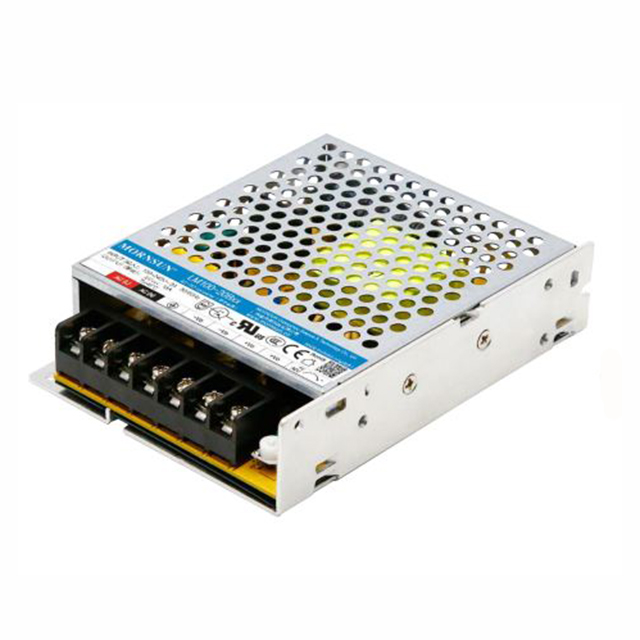
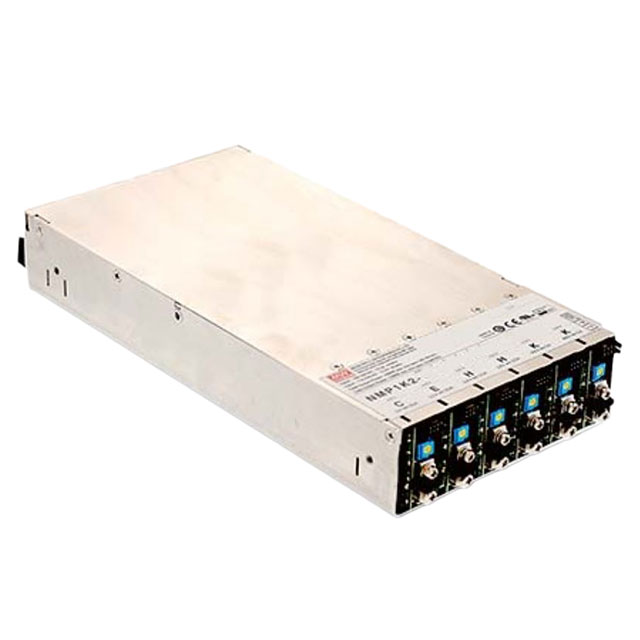


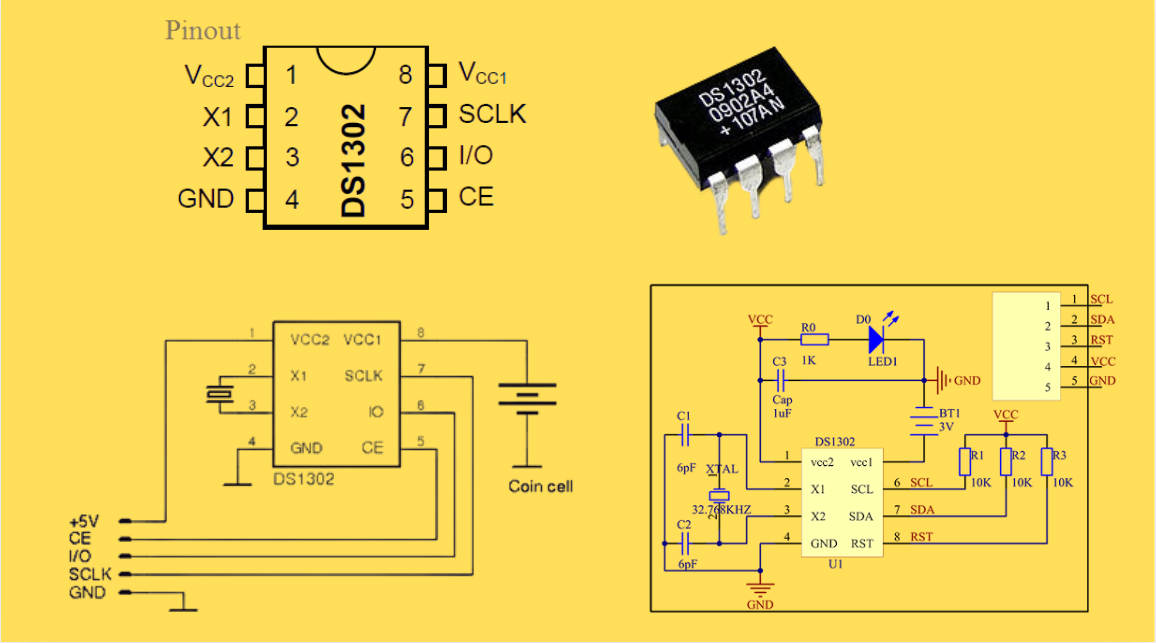

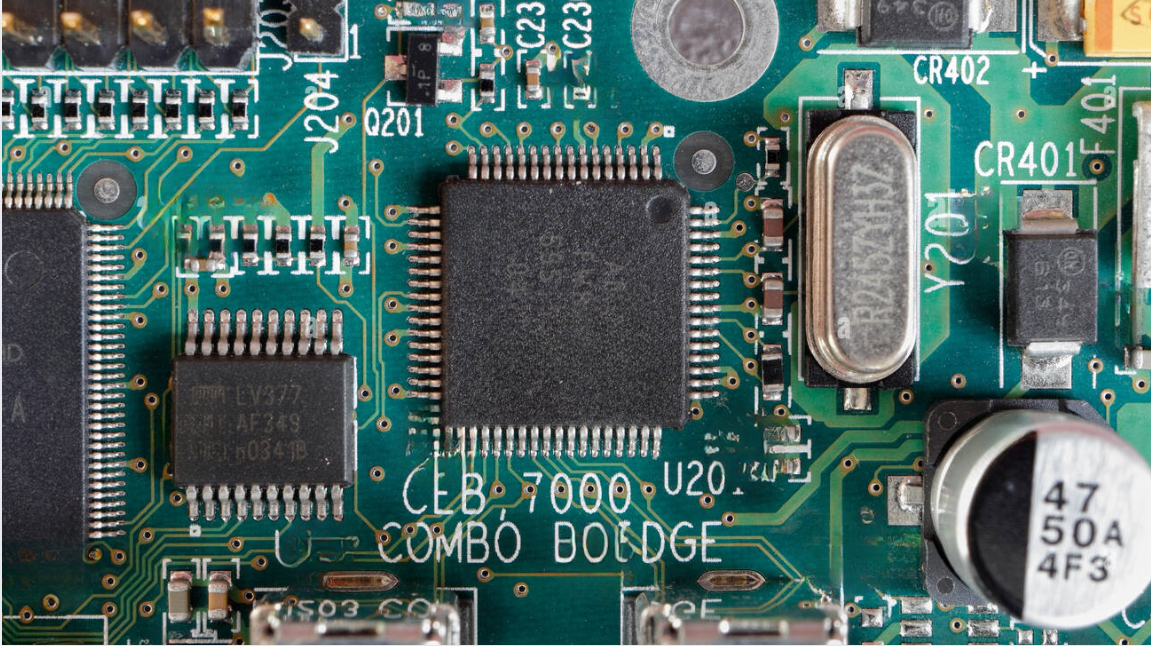
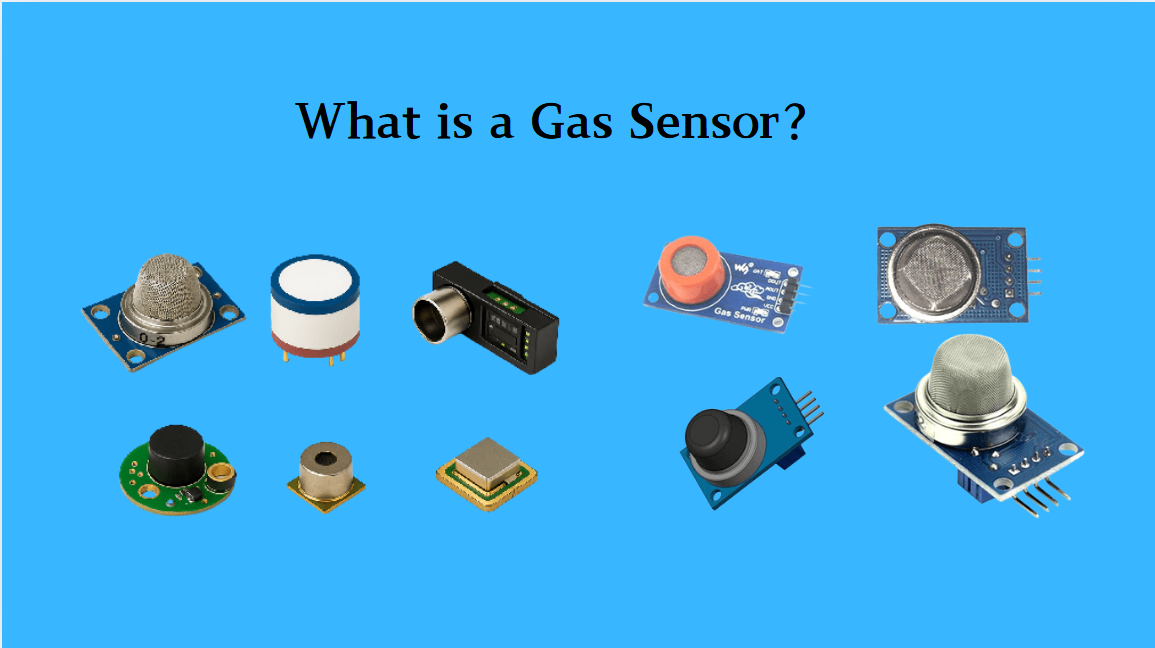

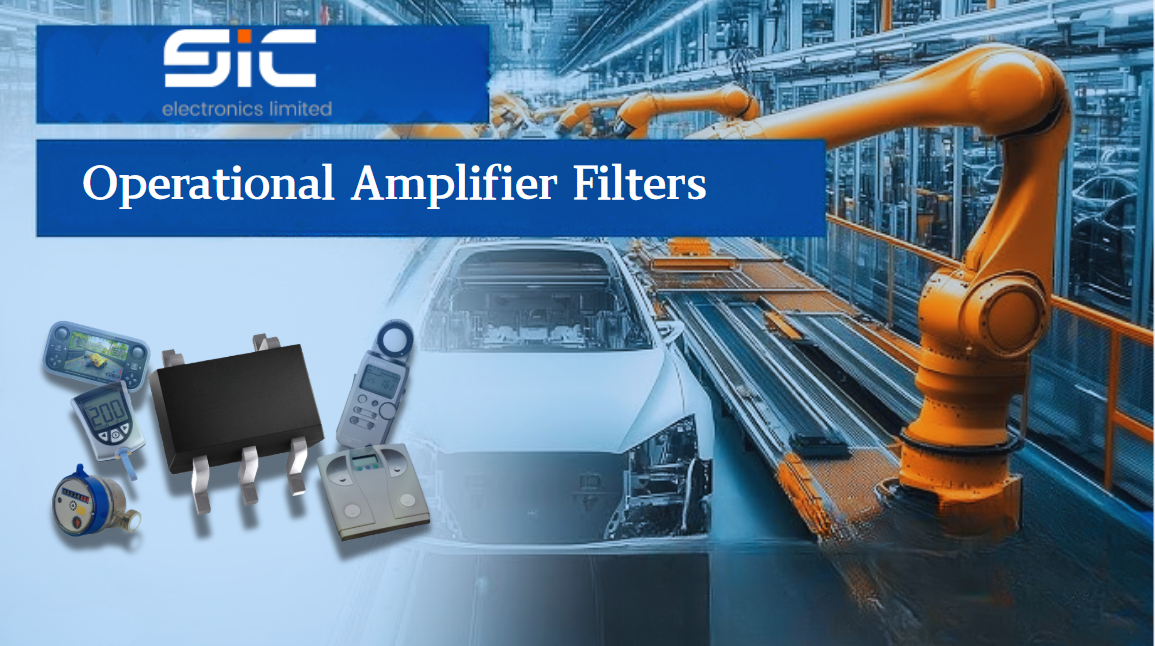

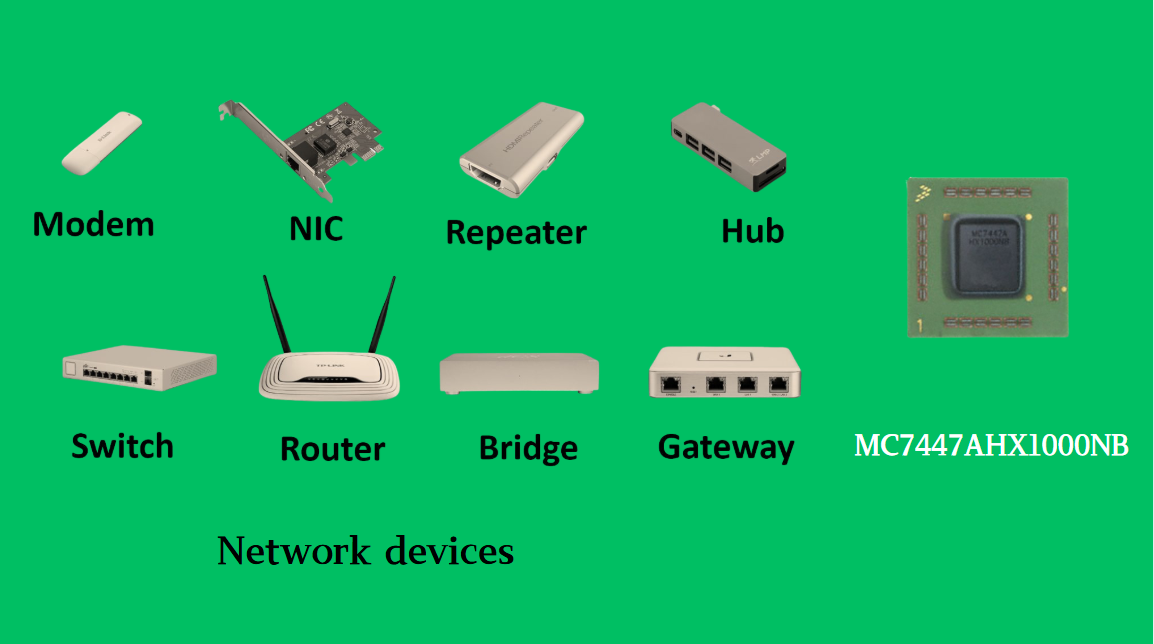
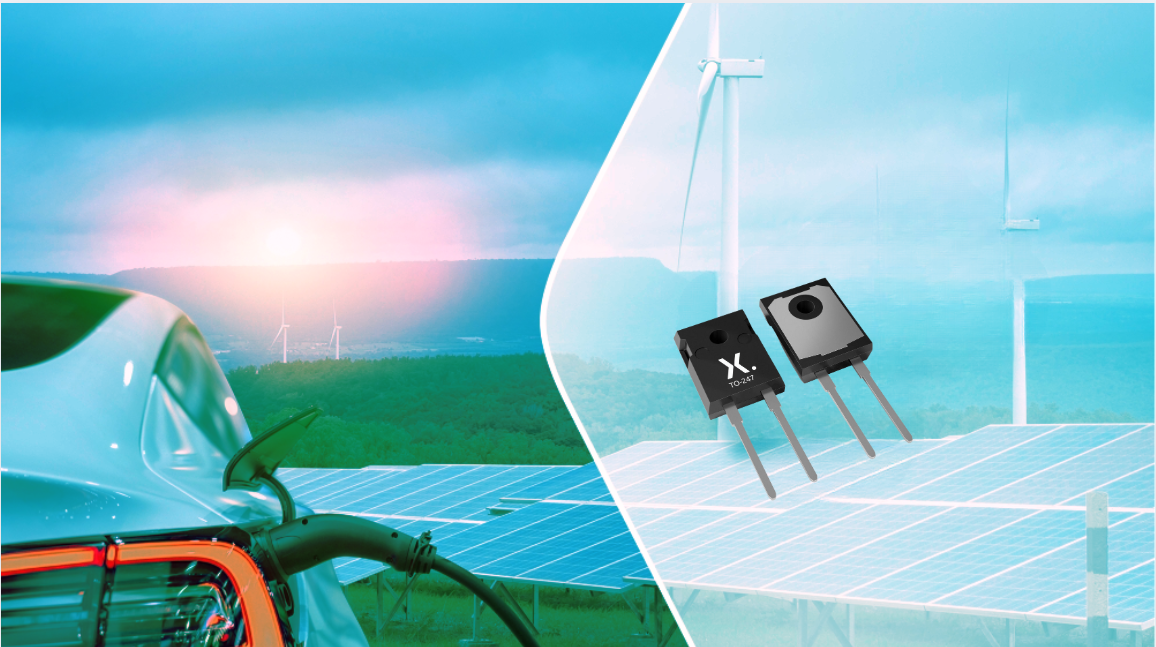
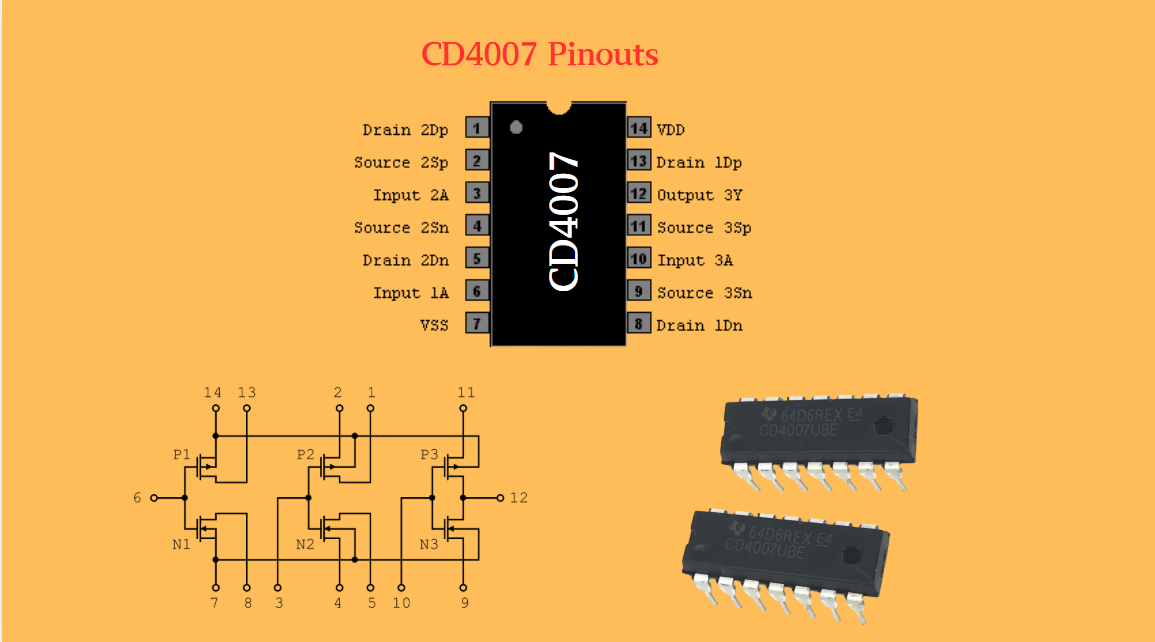
 Wishlist (0 Items)
Wishlist (0 Items)